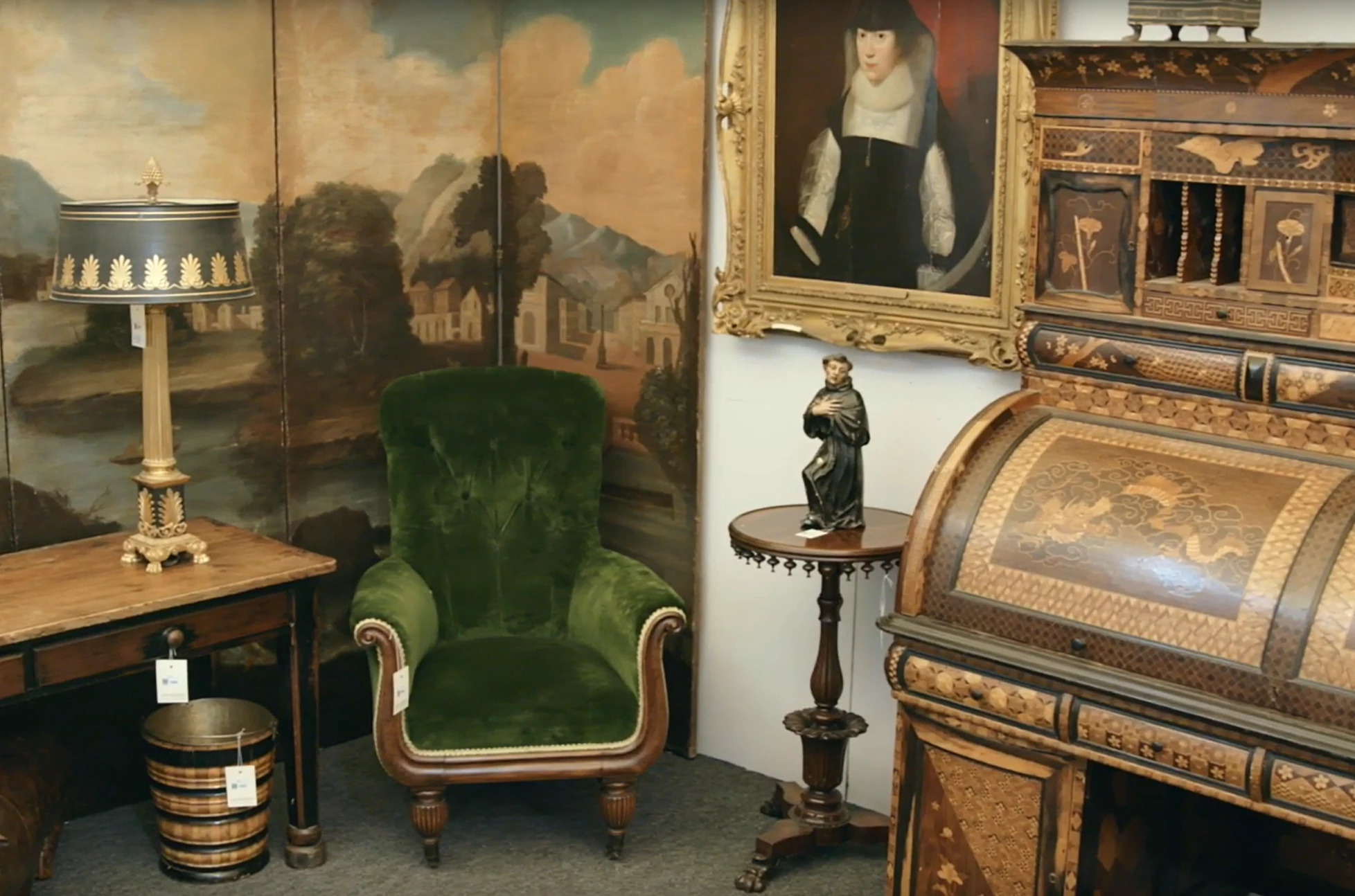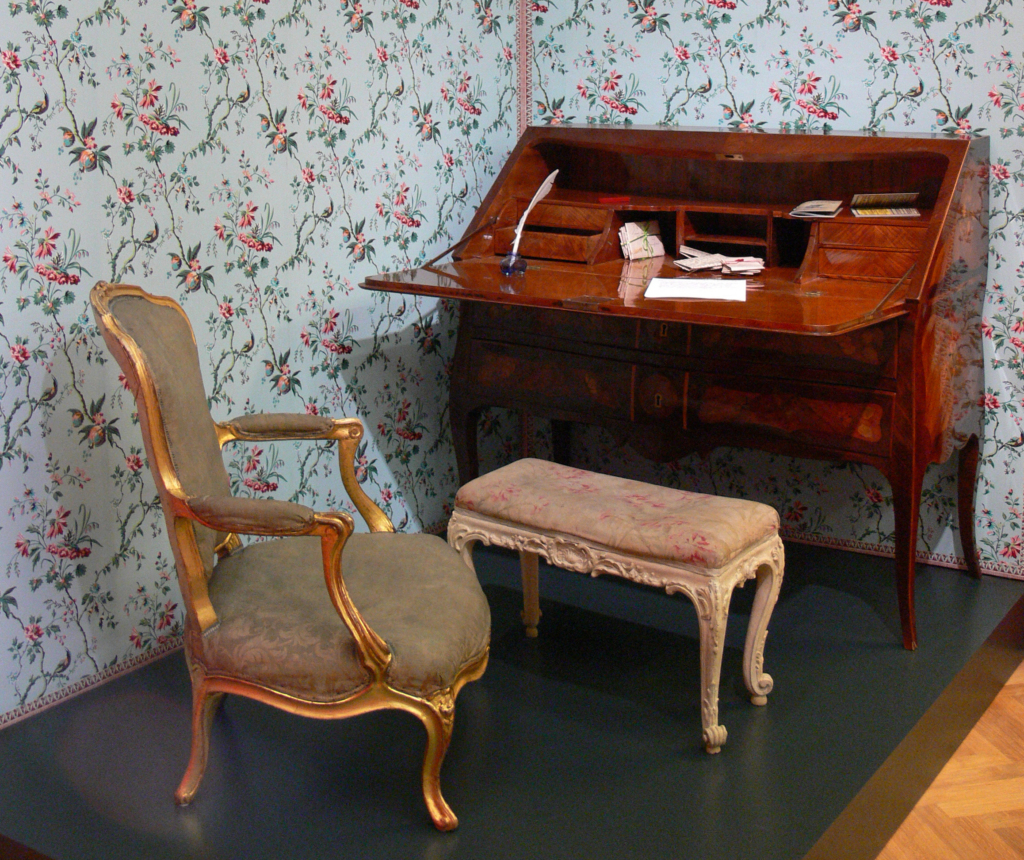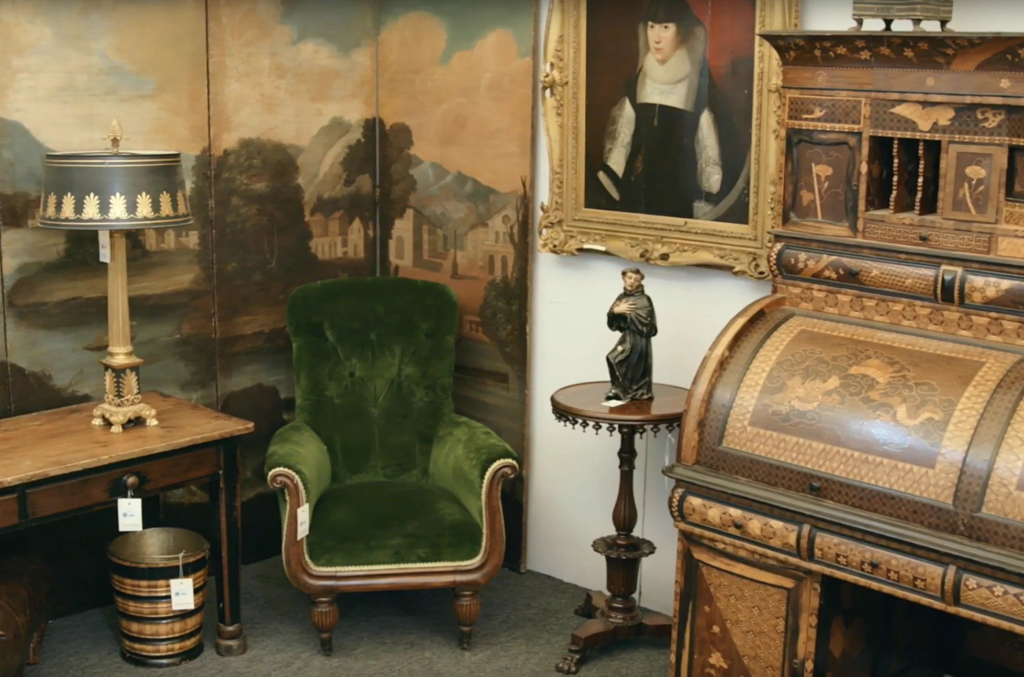The Rise of Vintage and Antique Furniture

In a world dominated by mass-produced, disposable furniture, the resurgence of vintage and antique furniture represents a longing for something more meaningful and enduring. These unique pieces with rich histories and distinctive styles have captured the attention of interior design enthusiasts and sustainability advocates alike. This article delves deeper into the reasons behind the growing popularity of vintage and antique furniture, exploring their unparalleled charm, sustainability benefits, and the impact they have on transforming living spaces.

Embracing the Story and Soul
Antique furniture carries a story and soul that is difficult to replicate with modern pieces. Each item has a unique journey, showcasing the craftsmanship and design aesthetics of bygone eras. From an intricately carved Victorian armoire to a retro-inspired mid-century dresser, these pieces exude a sense of character and authenticity. They bear the marks of time, including patinas, minor flaws, and wear, which contribute to their charm and individuality. Incorporating vintage and antique furniture into a space brings an element of storytelling and nostalgia, creating a warm and inviting ambiance that resonates with homeowners and guests alike.
Environmental Consciousness and Sustainability
Choosing vintage furniture aligns with a sustainable lifestyle and promotes environmental consciousness. By opting for pre-owned pieces, we contribute to the reduction of waste and the conservation of resources. Vintage and antique furniture are prime examples of the circular economy, where items are reused and repurposed instead of discarded. By giving these pieces a new life, we extend their lifespan and prevent them from ending up in landfills. Moreover, vintage and antique furniture often features high-quality materials and craftsmanship that stand the test of time, reducing the need for frequent replacements and further minimizing our environmental footprint.

Unparalleled Craftsmanship and Quality
Old furniture is often cherished for its superior craftsmanship and attention to detail. In an era when mass production has led to a decline in quality, these older pieces showcase the mastery of artisans from a bygone era. Solid wood construction, hand-carved embellishments, and intricate joinery are common features that exemplify the level of craftsmanship and durability seldom found in contemporary furniture. By investing in vintage and antique pieces, we acquire furniture with enduring quality that can withstand the test of time.
Endless Design Possibilities
Vintage and antique furniture offers an extensive array of design possibilities, enabling individuals to curate spaces that reflect their unique tastes and personalities. Whether integrating a mid-century modern coffee table into a contemporary living room or adorning a dining space with an antique farmhouse table, these pieces add character and intrigue. Mixing vintage and antique items with modern décor creates a harmonious blend of styles, making a statement and creating a truly personalized space.
Wrap up
The surge in popularity of vintage and antique furniture stems from the desire for authenticity, sustainability, and exceptional craftsmanship. These cherished pieces breathe life into our spaces, infusing them with character, history, and soul. By choosing vintage and antique furniture, we make a conscious decision to embrace sustainability, reduce waste, and contribute to a circular economy. Furthermore, we gain access to exceptional craftsmanship and design possibilities that offer enduring quality and an unmatched aesthetic appeal. So, why settle for mass-produced furniture when you can embark on a journey through time and embrace the timeless allure of vintage and antique pieces?


